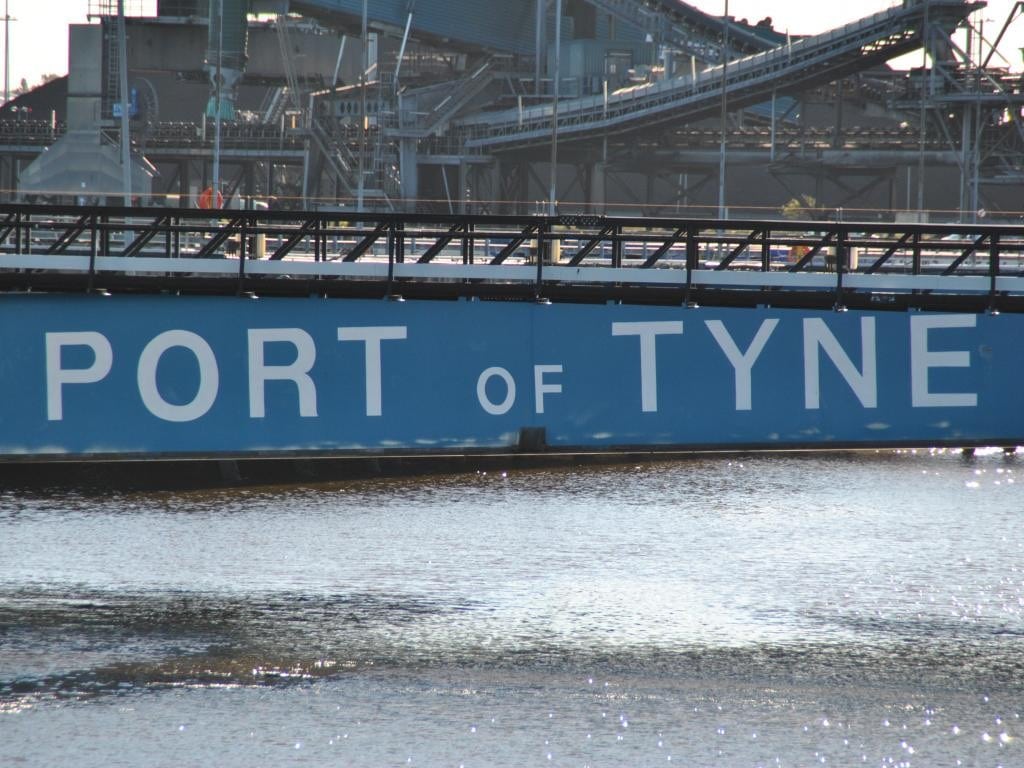TYPES OF PONTOON BRIDGES:
Pontoon bridges can be permanent or temporary, depending on the requirement in a particular location. Temporary pontoon bridges are more common, and they are often made out of lighter materials such as wood, metal or inflatable tubes. An inflatable under-belly pontoon bridge supports a metal superstructure over which vehicles and pedestrians cross. Permanent pontoon bridges are more sturdily built. They are made out of heavier structures such as concrete and steel as they are built to support heavier vehicular and commuter traffic. Modern pontoon bridges are compact and portable.
Pontoon bridges made out of concrete have the added advantage of resistance to saltwater corrosion. They also have the ability to absorb vibrations from overhead traffic and the impact of water waves. Permanent pontoon bridges are fewer in number than the temporary ones and they are often located in big cities with large populations. In addition, they tend to be used where the soil type at the bottom of the ocean or water mass is too soft to support bridge piers on which conventional bridges are constructed. They are generally more cost-effective in areas where the water mass is deep and wide. Strong winds or waves might make it impractical to site pontoon bridges in some locations.
THE DESIGN OF PONTOON BRIDGES:
Essentially pontoons are hollow, watertight vessels. This structure enables them to utilise their buoyant character in support of weight which is equivalent to the amount of water they displace. Pontoons bridges can be constructed separately or continuously. Continuous pontoon bridges have pontoons stretching over the entire length of the bridge while separate pontoon bridges have pontoons spaced at intervals along the length of the bridge.
Pontoon bridges are usually constructed with anti-skid surface systems designed to withstand heavy duty and adverse weather. The design of a pontoon bridge is made to suit the topography and the nature of water traffic that need to go underneath the bridge. They may be constructed to anticipate larger ships such as barges and other long haul vessels. High rise elevations can be incorporated to accommodate such large ships or they may be configured as a drawbridge which can be elevated to enable the passage of large ships while the overhead traffic is temporarily halted. The pontoons are secured by a combination of anchors which weigh several tons and mooring lines which enable the bridge to withstand stress.

